Drugs yacht death mystery: The fish men are coming
The cocaine-packed boat was being tracked on its way to Australia and communications intercepted, but after a final panicked message contact was lost. What happened remains one of the most tightly held secrets in law enforcement.
Crime in Focus
Don't miss out on the headlines from Crime in Focus. Followed categories will be added to My News.
The intercepted communication sent tingles down the spine of the special agents at the US Drug Enforcement Administration bureau on the US east coast.
“They are coming to get us … the fish men, fish men they are coming … coming to get us,” the accented voice was overheard saying from a yacht sailing somewhere over the Pacific Ocean and on its way to Australia.
There were harried variations of the same “fish men” message repeated in that short manic burst, the panic and desperation in the voice clearly genuine.
Then there was silence.
The voice was gone, the tracking was lost and, apparently, so too what was expected to be one of the single largest cocaine smuggling operations ever mounted by yacht against Australia.
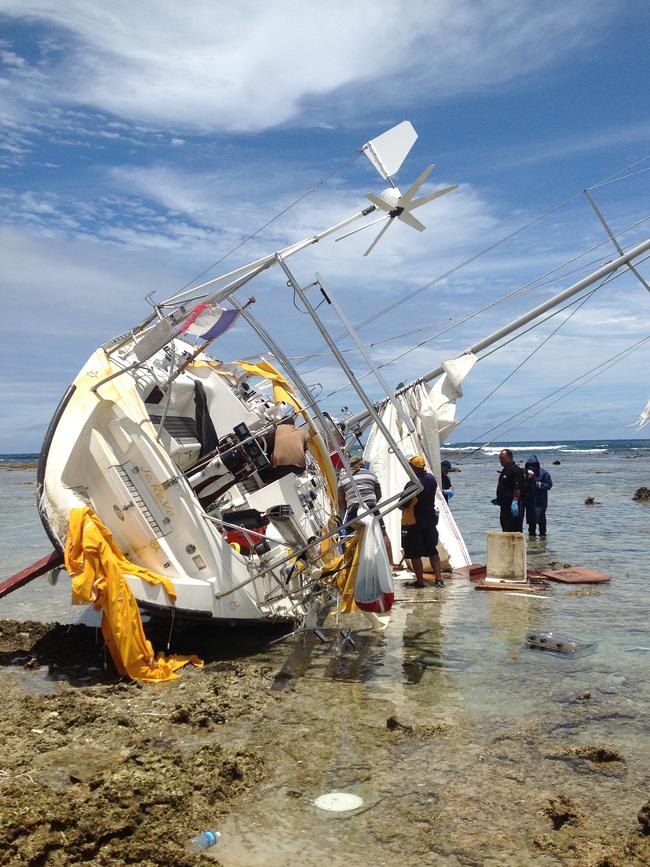
Just what exactly happened to the 13m JeReVe, formally known as The Jonathan, and its crew six years ago still remains one of the most tightly held secrets in law enforcement, with the eventual finding of its wreck provoking more questions than it answered.
Today a multinational law enforcement team led by American authorities is still unravelling what has emerged as an incredible broader conspiracy surrounding the yacht, involving South American drug lords, sniper assassins, Eastern European gangsters and the movement of drugs, guns, diamonds and gold on the high seas.
DEA agents working covertly in Colombia first came across the plot to smuggle a huge haul of cocaine in early 2012 after a tip off from colleagues working a phone tap operation in Brazil.
From the outset they knew there was just something different about this run and those behind it, and it was given narco-terrorism status and priority resourcing.
From the port of Guayaquil in Ecuador they monitored the small vessel, which had been bought months earlier from Panama for $US105,000, with the decision made to let it run, since those behind it were suspected in a broader global drugs and weapons smuggling operation.
Let this one go and the bigger picture could become clear.
Ecuadorean authorities had already conceded to American counterparts it on average could only stop 30 per cent of cocaine passing through its borders en route to Europe, Australia and Russia. That left two thirds making it to market. Before it shipped off, DEA agents in Ecuador covertly placed a tracking device in the yacht.
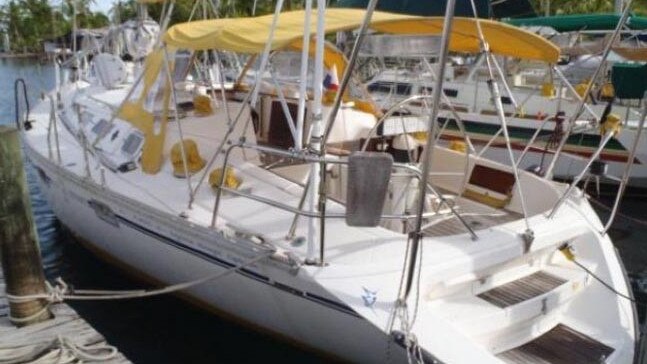
The vessel, with a crew of two men, launched on August 20, curiously clearing Customs, and was immediately tracked by US authorities. Its destination was to be Australia and specifically Queensland, but with various stops on the way including Peru.
It was still being tracked through French Polynesia on a determined course when the sail pattern suddenly became a drift pattern and from tracking the DEA could see the boat moving in an erratic fashion.
Chart checking showed it was indeed drifting with the currents, but on October 5, a battery on-board which the DEA was using to track the vessel ran out of power — and that was it for the operation. The AFP was advised, as were local authorities around the Tongan and Cook Islands, where tracking was lost.
Then exactly a month later on November 5 two amateur divers spotted the tattered yacht beached on the small atoll Luatatifo in the northern Vava’u province of Tonga.

The remains of a man lay on a deck bench and below were 204 1kg blocks of cocaine worth an estimated $120 million and cash in various denominations, including euros, US dollars and monies from Poland and the Dominican Republic.
The Tonga police, customs and military were involved in securing the wreck before Australian authorities could perform a forensic examination.
It wouldn’t be until the following year that the badly decomposed body was confirmed through DNA as that of 35-year-old Slovakian national Milan Rindzak. His passport was found on board as well as various HSBC ATM cards in his name.

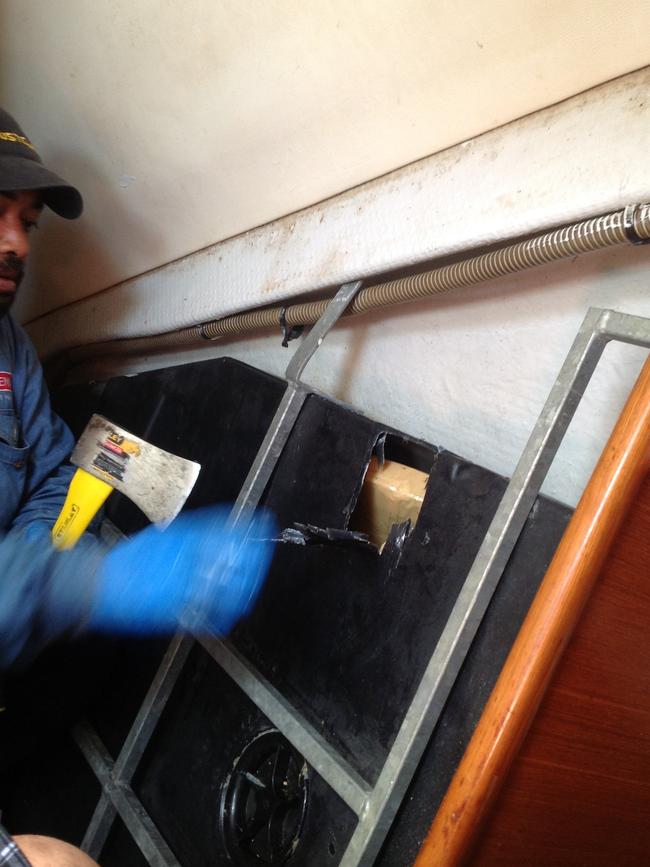
Another passport was found on board but just who the other person was who left Ecuador has never been positively confirmed.
Rindzak, a divorced father of one, construction worker and part time lifeguard from Humenne in eastern Slovakia, was an unlikely master cocaine smuggler with a relatively clean criminal record. He did have an outstanding warrant for a driving charge from 2009 related to an incident in capital Bratislava, serious enough to attract jail time, but not enough of a record to suggest he could be behind a cocaine run.
His family, declined to believe it was him on the yacht and questioned how someone who had no experience and could barely operate a dinghy could be found alone in the Pacific and apparently tied to a bed. Last they heard he had been living and working in England and it was here his passport and national citizens card was stolen; these the family suggested may have been used by someone impersonating him. But the DNA match performed by the AFP ruled that out.
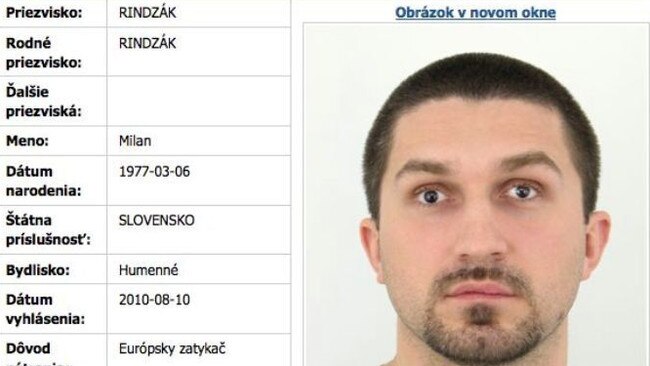
Forensics believed Rindzak had died two months before he was found but the cause of death had never been clear and it was suspected may have stemmed from severe dehydration. There was no other trauma to the body that was found, but the circumstances suggested foul play.
News Corp Australia understands discussion about the “fish men”, which can only now be revealed, was critical but inconclusive. US authorities suspected he could have been sampling the cocaine he was hauling and he was hallucinating, although his family claimed he never touched drugs. Alternatively, he had run out of water and was delirious or the commentary was lost in translation and he was referring to fishermen who were perhaps looking to help or intercept and rob the yacht’s haul.
Whichever, police had 200kgs of cocaine and suspected that was only half of what was on board when the French-flagged JeReVe, French translation meaning ‘I Dream’, left Ecuador.
It was about this time other names emerged in the multinational police investigation.
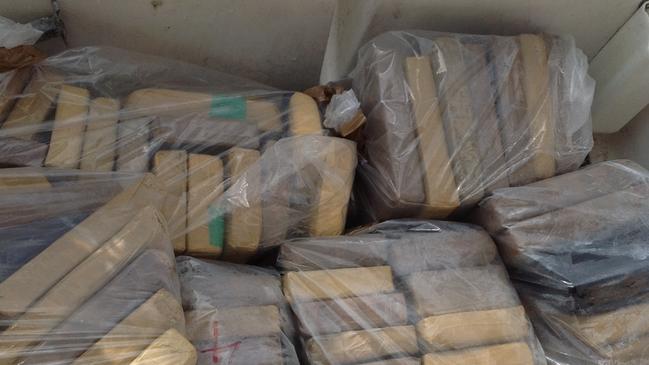
The name of fellow Slovak Maros Deak was suggested as perhaps having at one point being on board. According to Slovak media, Deak had been using the alias Ivan Vaclavik.
Deak, who had been reported missing by his family in December 1999, was the brother of Roman Deak, who two months earlier in October was gunned down in a hail of bullets from multiple assault rifles while he was about to get into his Mercedes SUV on a street in the Bratislava suburb of Dubravka.
His murder was linked to a series of slayings by an underworld gang known as Sykorovci or Sykora, heavily involved in organised crime, drug smuggling and money laundering.
Maros Deak or Vaclavik, who held both Slovak and Bulgarian passports, was believed to have fled to Thailand, and someone with the Vaclavik passport had been arrested in Thailand by local authorities once with an assault rifle in his car. Whether he was a real person or not remains unknown.
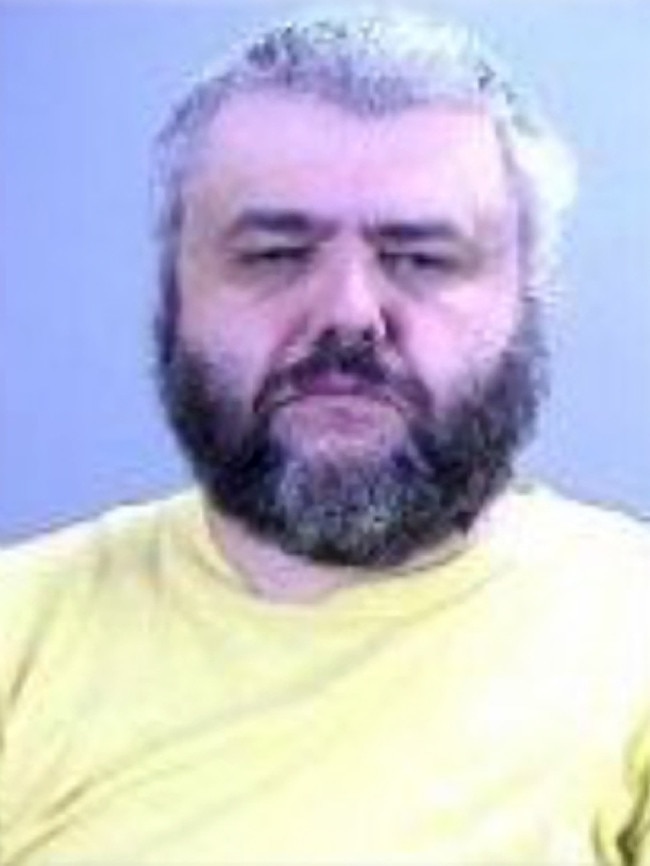
One man who can and is helping US authorities unravel this side of the story is a former Sydney computer programmer turned master criminal and now super informant Paul Calder Le Roux.
It was Le Roux who was organising the failed JeReVe yacht movement as well as a similar Ecuador-to-Australia-via-Asia yacht plot some weeks earlier which had been intercepted by police. But this were just the tip of his criminal enterprise.
The Zimbabwe-born man who holds dual South African and Australian citizenship, cut a deal with the DEA and FBI after his arrest in 2012. From his status as a protected federal witness he has blown the whistle on a dozen associates and exposed a huge global smuggling operation of anything and everything from South American drugs and guns and Iranian military component exports to West African gold and diamonds; scams in Vanuatu and even an online narcotics selling operation based in Israel.
The now 46-year-old was behind a shipment haul of weapons to the Philippines in 2009 and another for war lords to Somalia.

He also conspired with US authorities to set up a sting on his former US Army Rangers-trained bodyguard and convicted assassin Joseph Hunter. Hunter had assembled a hit squad in Phuket ostensibly to safeguard a cocaine haul. Le Roux has also detailed the murders that invariably followed his enterprise as he continued to organise stings across the globe for US authorities against his own associates and former rivals. Several arrests have been sourced to his stings or information.
According to US prosecutors, their star witness codenamed CW1 had been “co-operating” with law enforcement since his September 2012 arrest.
They confirmed “CW1’s prior criminal conduct, including: leadership of a long-running internet pharmacy scheme … trafficking in controlled substances including but not limited to methamphetamine; procuring multiple murders; and multiple other serious criminal offences”.
What is known is Le Roux, who used multiple aliases including Bernard John Bowlins and the unoriginal John Smith, organised multiple drug shipments to Australia from a base in the Philippines and Brazil. He organised a huge methamphetamine haul from Thailand to the US and Australia and forged links with Outlaw Motor Cycle Gangs (OMCG) to distribute his hauls. Those links are still being probed.
Le Roux moved to Australia via London in 1994. Here he met his Gold Coast-born future wife and the pair set up home at Belmore in Sydney a year later. He was a master coder and encryptor, with one of his encryption programs becoming a founder for the TrueCrypt program favoured by Al Qaida and ISIS supporting terrorists.
The Australian Federal Police declined to comment about the JeReVe and its associated cases citing the matter as still active. The Slovak Interior Ministry and the Rindzak family also declined to speak about the case.
What exactly happened on board the yacht remains a mystery.


